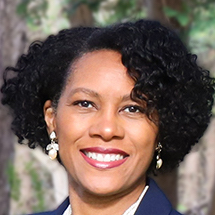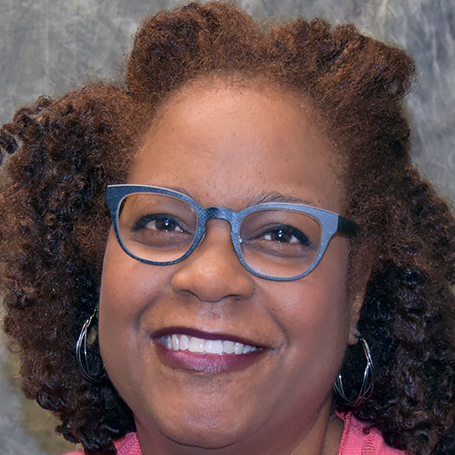 Syracuse University in Upstate New York is a large research university with more than 15,000 undergraduate students and about 15,000 graduate students according to the latest data supplied to the U.S. Department of Education. African Americans make up 6 percent of the undergraduate student body.
Syracuse University in Upstate New York is a large research university with more than 15,000 undergraduate students and about 15,000 graduate students according to the latest data supplied to the U.S. Department of Education. African Americans make up 6 percent of the undergraduate student body.
The university was embroiled in controversy during the fall semester. The student newspaper at the university reported that recently “at least 10 hate crimes or bias-related incidents have been reported on or near campus.” (See JBHE post.)
Syracuse University suspended all fraternity and sorority activities and now has increased funding aimed at competitive recruitment of faculty from underrepresented minority groups. Previous initiatives have provided financial incentives to schools and colleges for diversity hiring, including an increased cost share for any cluster hire position filled with a candidate from an underrepresented group.
Now, two additional incentives will be provided to departments.
First, the Diversity Opportunity Hires initiative will provide a rotating fund to support cost-sharing through the Office of Academic Affairs for recruiting underrepresented faculty into open positions across all schools and colleges, including those that are not designated as part of a cluster hire. The program will support 10 to 15 new positions.
Second, additional central funding is being earmarked to support interdisciplinary cluster hiring when a faculty member from an underrepresented group is hired for the second round of cluster hire positions. For these diversity hires, central funding regularly committed 50 percent of the salary and benefits; schools and colleges covered the rest. With this new initiative, central funds will now cover 70 percent of the total cost for new cluster hires of faculty from underrepresented groups.
 “The composition of our faculty should reflect our commitment to inclusion, diversity, equity and accessibility. A diverse faculty signals future possibilities to our underrepresented students and further affirms their presence on campus,” says chief diversity and inclusion officer Keith A. Alford. “Diversity brings different perspectives and understandings and inspires new ideas and innovations.”
“The composition of our faculty should reflect our commitment to inclusion, diversity, equity and accessibility. A diverse faculty signals future possibilities to our underrepresented students and further affirms their presence on campus,” says chief diversity and inclusion officer Keith A. Alford. “Diversity brings different perspectives and understandings and inspires new ideas and innovations.”









